History of the Alfa Romeo Giulia 105 series
In the early sixties Alfa Romeo worked on the model to replace the successful Giulietta series, the "girlfriend of Italy", had opened the doors of the high-end three-volume sedan cars, appealing to an ever-widening audience of buyers in Italy of the economic boom.
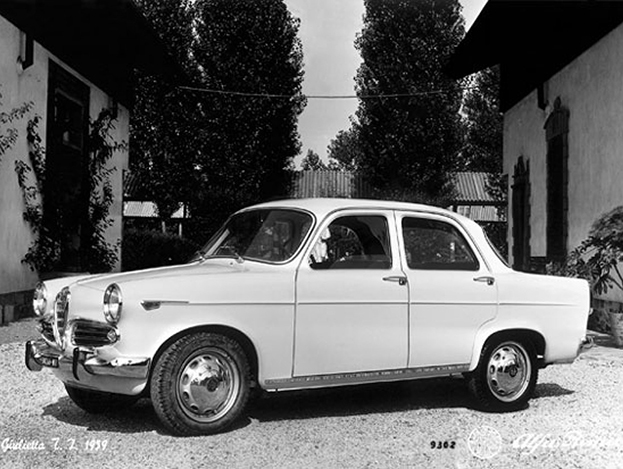
Giulietta

Giulietta Sprint
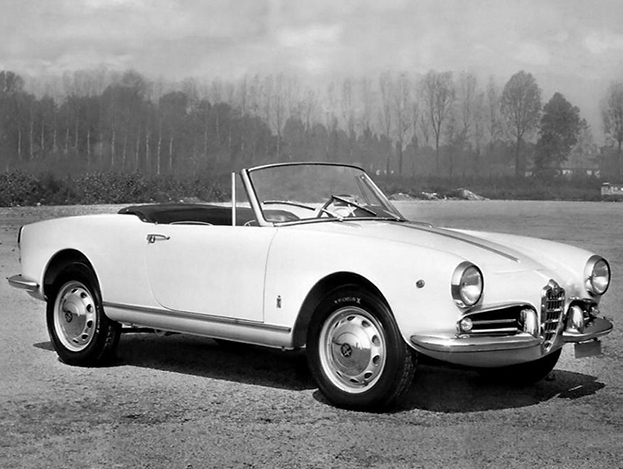
Giulietta Spider
The new project for the future sedan was entrusted to the same team that had achieved the previous post-war successes, The 1900 and the Giulietta. As manager of the project was chosen Eng. Orazio Satta Puliga, who was appointed as Central Director from 1959. The rest of the group was made up of the best technicians that the factory of Portello could boast:
the genial Eng. Giuseppe Busso, Ivo Colucci, Livio Nicolis and Giuseppe Scarnati. Only goal was the realization of the three-volume car that would have to compete and win the competition Internal and foreign. The basic idea was to bring Giulietta's success to much higher levels and reach a much wider audience than buyers.
The number of cars that were to be realized and of course selling were much more than in the past, in order to meet the future demands of style, performance and comfort of Italian and foreign motorists that the economic recovery had made potential buyers.

Orazio Satta Puliga

Busso - Nicolis - Colucci
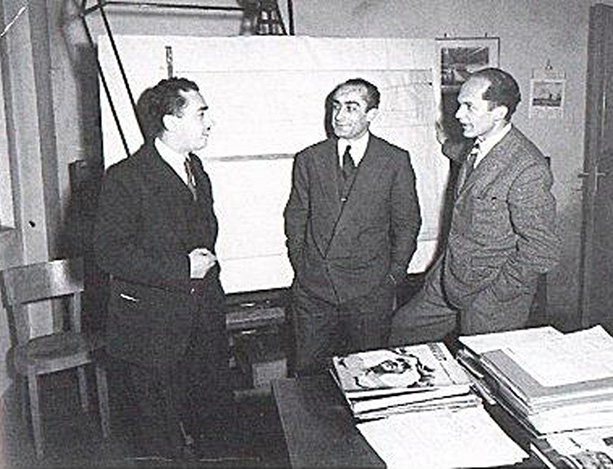
Nicolis - Scarnati - Busso
The developers team quickly began to put the car together. They left the sinuous and streamlined lines of the Giulietta and Giulietta Sprint, and they produced soon a prototype with squared but pleasing lines. However, they had to deal with the competitors at the London salon in 1959, which already showed many of the aesthetic solutions adopted for the prototype of the new sedan. At that point without wasting any more time, they chose to set aside what had already been done and opted for a new "revolutionary" mechanics, bodywork and interiors project.
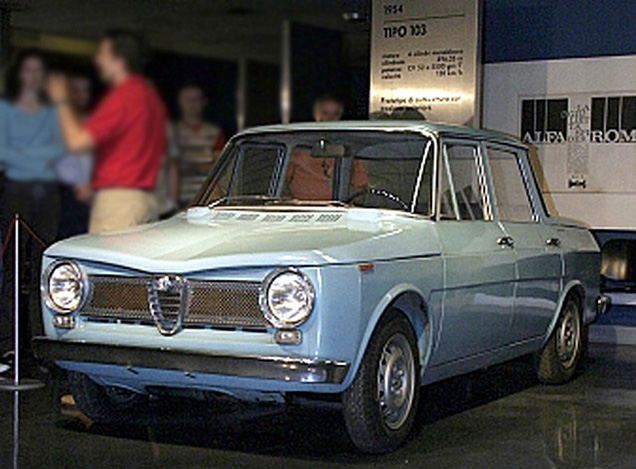
Prototipo iniziale Giulia Frontale

Prototipo iniziale Giulia Retro
At the same time, the Alfa Romeo management came to the conclusion that the Portello factory could not supporting the future levels of production and having full confidence in achieving their goal decided to invest considerable capital to build a new production plant with its test circuit. The construction of the new Arese plant is thus started.
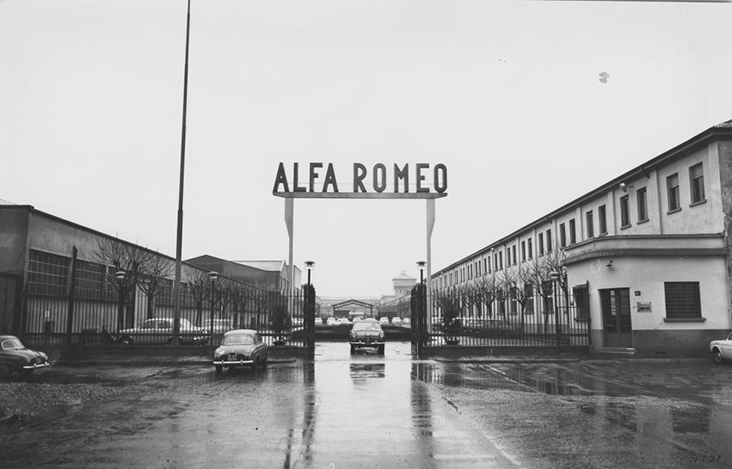
Cancello del Portello
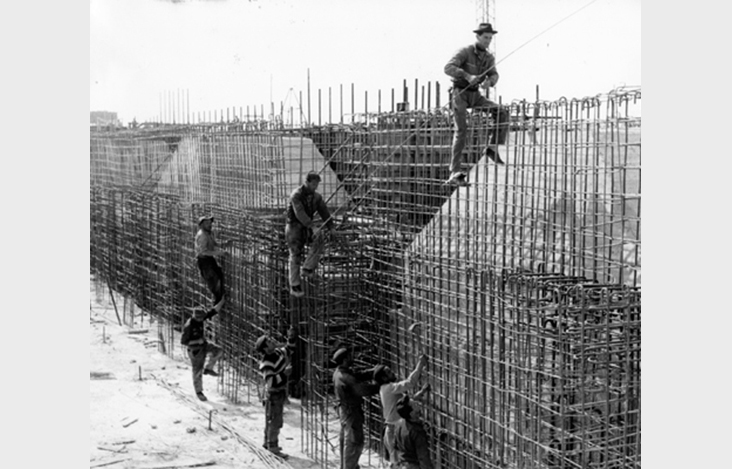
Arese in Costruzione

Arese in Costruzione
With the new design of the three-volume sedan the name also came: the "Giulia". Since then already the mechanics of the Giulietta was at the forefront, the Satta-Puliga's team decided to adopt it as a basis to be modified and improved, to obtain an adequate increase in performance. The changes were not radical but very efficient and the group Eng. Busso was able to carry out his task well. The only real survivor remained the engine. The twin-shaft four-cylinder in aluminum derived from aeronautics was increased the displacement from 1290 cc to 1570 cc. and equipped with a Solex 32 PAIA/ 7 vertical double body carburettor. The new exhaust valves were also fitted sodium-cooled, which brought the heat of combustion from the fungus to the stem. With these few changes it reached easily a power of 92 hp. The suspensions instead were reviewed and improved to make them more sporty and efficient. For the front end a superimposed quadrilateral scheme was chosen. In the rear the scheme remained more or less the same mounted on the Giulietta, classic with a rigid bridge with the aluminum differential, but made it more effective in road holding they moved the springs and shock absorbers on the longitudinal arms and modifying the control arm side scrolling. The five-speed gearbox, which at the time was reserved only for high-level sportsmen with the command lever behind the wheel, behind the engine. The cloche was just an option. Drum brakes, front three jaws with drums in aluminum and rear 2-jaws with cast-iron drum.
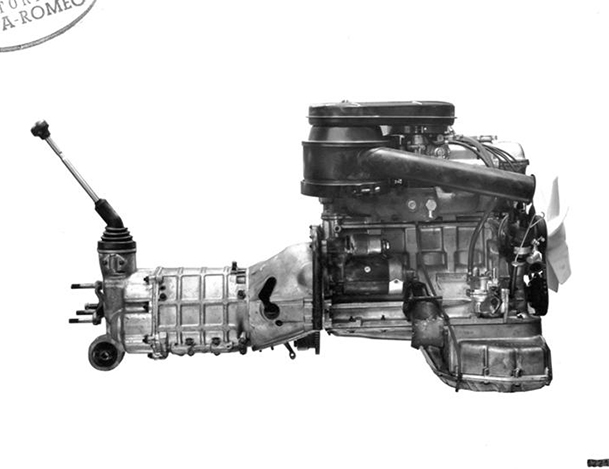
Motore e Cambio
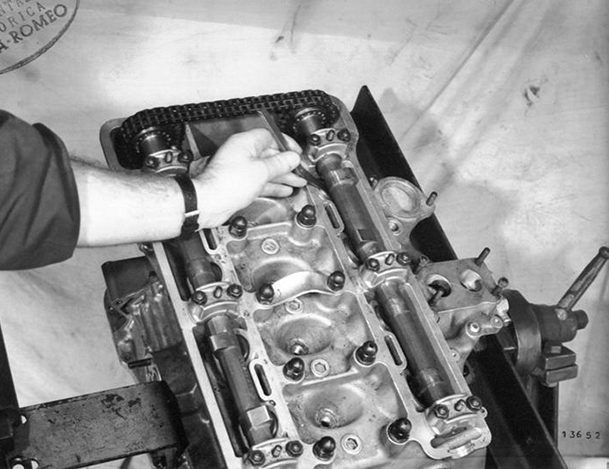
Motore: Testata e Distribuzione
The real "revolution" came from the Style Office directed by Ivo Colucci, who with Giuseppe Scarnati, Ettore Favilla and Ernesto Cattoni, managed to create a state-of-the-art body for aerodynamics and style. Without losing the benefits of the new techniques of molding and assembly of metal sheet bodywork, that allowed to design only rather squared and not very round cars, the technicians chose to use the aerodynamic advantages of the "Kamm tail", an idea conceived in the studies of Wunibald Kamm in the Thirties and that Alfa Romeo had known for some time to have experienced them in the development of 1900, not used for reasons purely aesthetic. With the help of the wind tunnel of the Polytechnic University of Turin, turbulence and friction were eliminated. The windscreens tilted and curved at the sides. The snout became low, blunt and aerodynamic. The sides are shaped to improve airflow and penetration. The end result was a fantastic Cx of 0.34, never obtained at the time by a car of the same class, which allowed Alfa Romeo to use the slogan for sale "GIULIA: DRAWN FROM THE WIND".
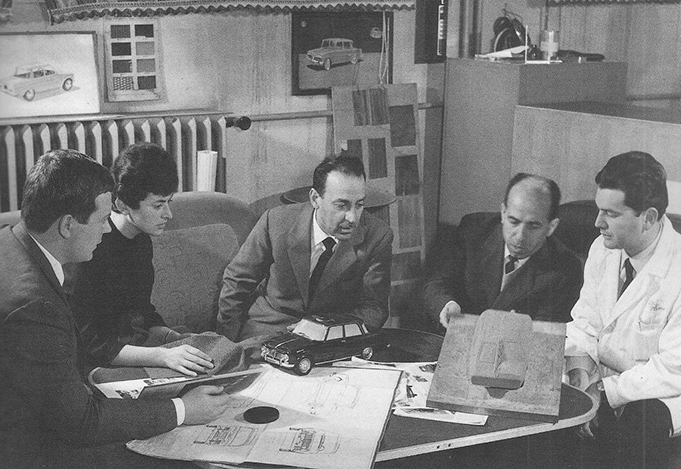
Ermanno Cressoni - Carla Spada - Ivo Colucci - Giuseppe Scarnati - Ernesto Gastaldelli

Ermanno Cressoni - Carla Spada - Ivo Colucci - Giuseppe Scarnati - Ernesto Gastaldelli
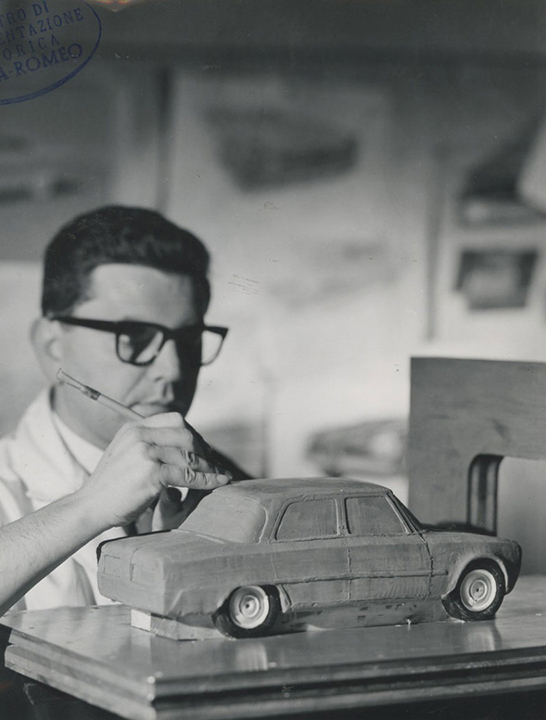
Modello tridimensionale Giulia
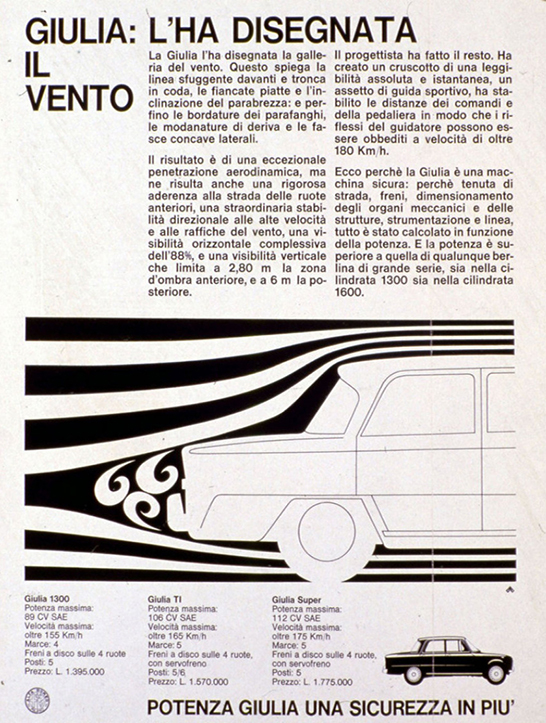
L'ha disegnata il Vento
Another innovation concerned passive safety. The technicians studied a bearing structure with differentiated resistance, with reinforced passenger compartment, which allowed the front and rear of the car to absorb the kinetic energy of a possible impact. And inside the cockpit were inserted padding and eliminated protrusions or edges, all to guarantee sufficient protection for passengers.
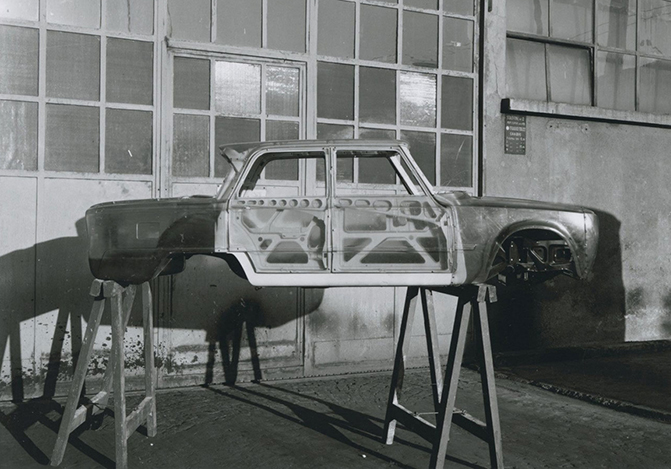
Prototipo Carrozzeria Giulia

Prototipo Carrozzeria Giulia
The interiors were treated in a particular way, to guarantee the driver the control of the car by driving even at high speed and at the same time allowing passengers to sit comfortably on the seats. On the dashboard there is an instrumentation with a speedometer in the middle slightly to the right on a horizontal tape and on the left a small revolution counter. Oil Pressure Levels, Water temperature and all the rest well sized and visible in all light conditions. The front seat was a single sofa that allowed the homologation of the car for six seats.

Disegno Fiancata Giulia

Disegno Fiancata Giulia
After years of hard work in the mid-1962 Giulia was now ready, but the Arese factory, where the presentation of the new model to the press was scheduled, it had undergone considerable delay in the works for completion. The management had also been forced to press the bodywork sheets in England. The problem was solved using the temple of speed where many models of the "big snake" had run and triumphed. On June 27, 1962, Giulia TI (Turismo Internazionale) was presented to the specialized press in three version of color and different equipment, together with a Giulietta Sprint and a Spider renamed for the occasion Giulia. It was not a success immediately. The fears of management that the solutions adopted prove to be too innovative they were confirmed by the first negative judgments. Above all the design seemed overly advanced and many of those present they cut off the newborn Giulia TI in their articles. To get an idea of failure, let's see what Gianni Mazzocchithe director by Quattroruote wrote: "at first sight the Giulia TI line looks rather disconcerting, not very persuasive; it is a roundish square: then, as usual, made the eye, analyzed in its details, there is a certain pleasantness, not without originality. Indeed, it is perhaps precisely in this excessive search for originality that the designers of the Alfa they have exceeded, that is, in the elaboration of the details ".
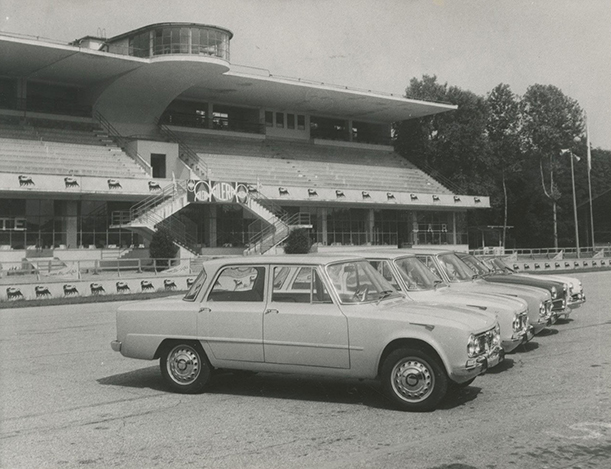
Circuito di Monza - 27 Giugno 1962

La Giulia TI modello 105
But the right judgment of the public immediately comes to reassure the minds of the Alfa Romeo management. Sales were immediately very intense and complicated things in the Portello factory, since Arese was not ready to transfer production until 1963.
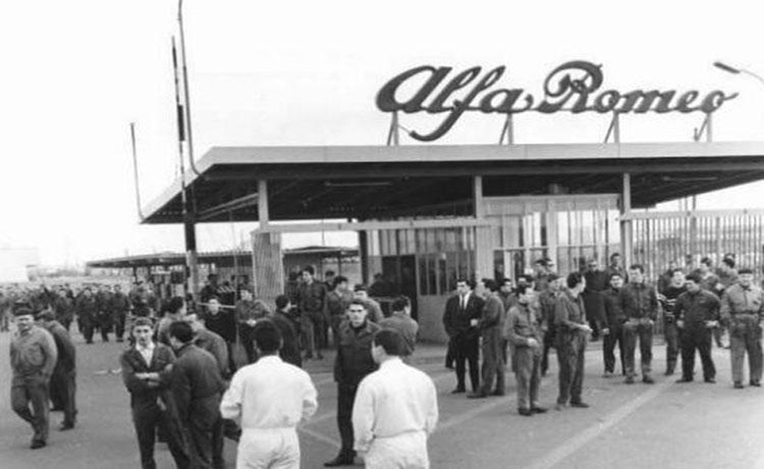
Cancello di Arese
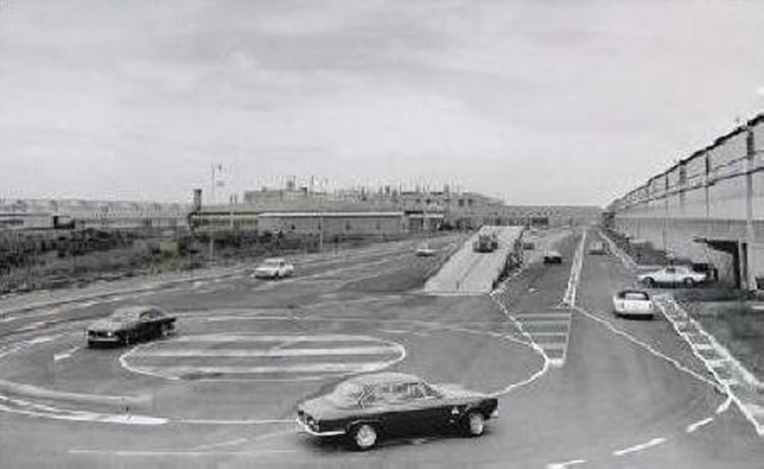
Pista Prova di Arese
Also in 1963 a lightened version of Giulia was presented for the Turismo competitions, the TI Super, which will sum up in general all the innovations that will shortly be adopted on the model of production: Engine powered to 116 HP, disc brakes, gear cloche lever, separate front seats. Thus began a series of undisputed successes in sales and racing, which for nearly fifteen years made Giulia and Alfa Romeo are unforgettable and legendary.
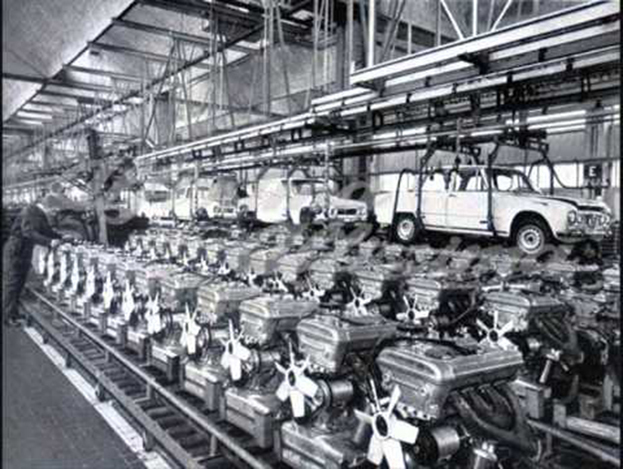
Arese: Linea di Montaggio Giulia
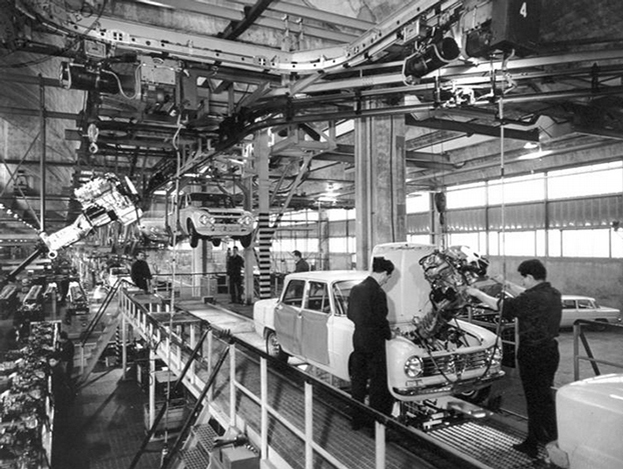
Linea di Montaggio Giulia 1300
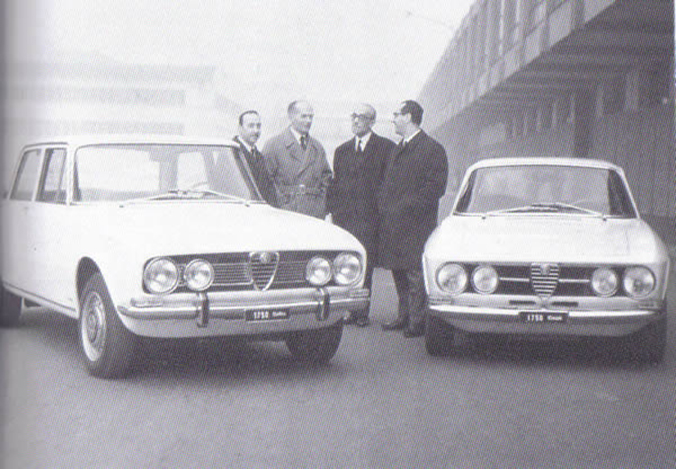
Il Team che ha fatto la Storia dell'Automobile

Il Team che ha fatto la Storia dell'Automobile
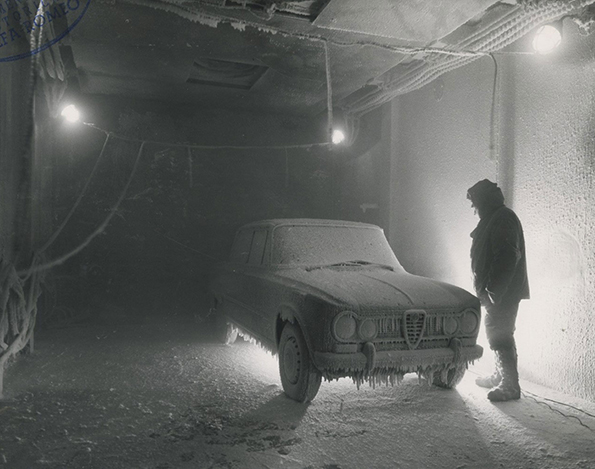
Giulia Test a Bassa Temperatura
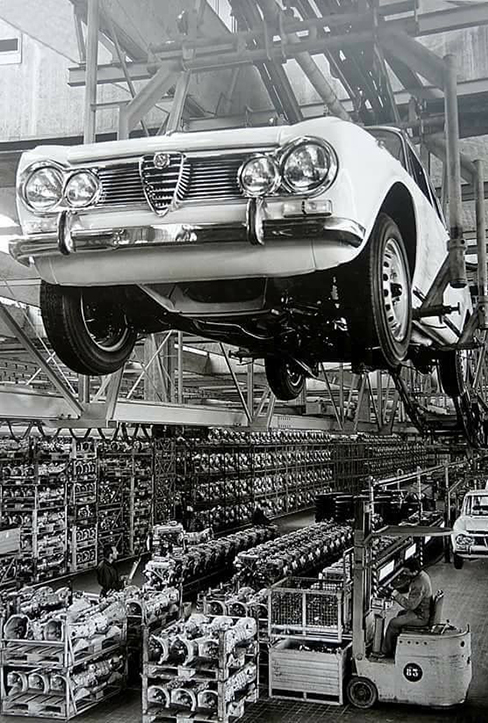
Arese: Catena Montaggio
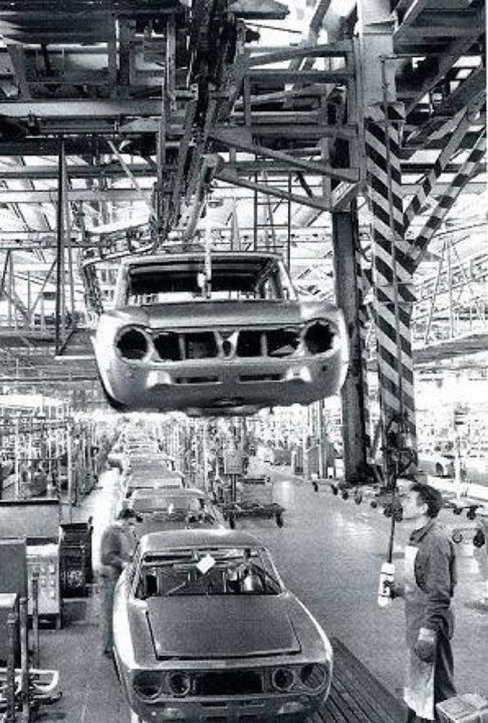
Arese: Catena Montaggio

Giulia TI in Corsa
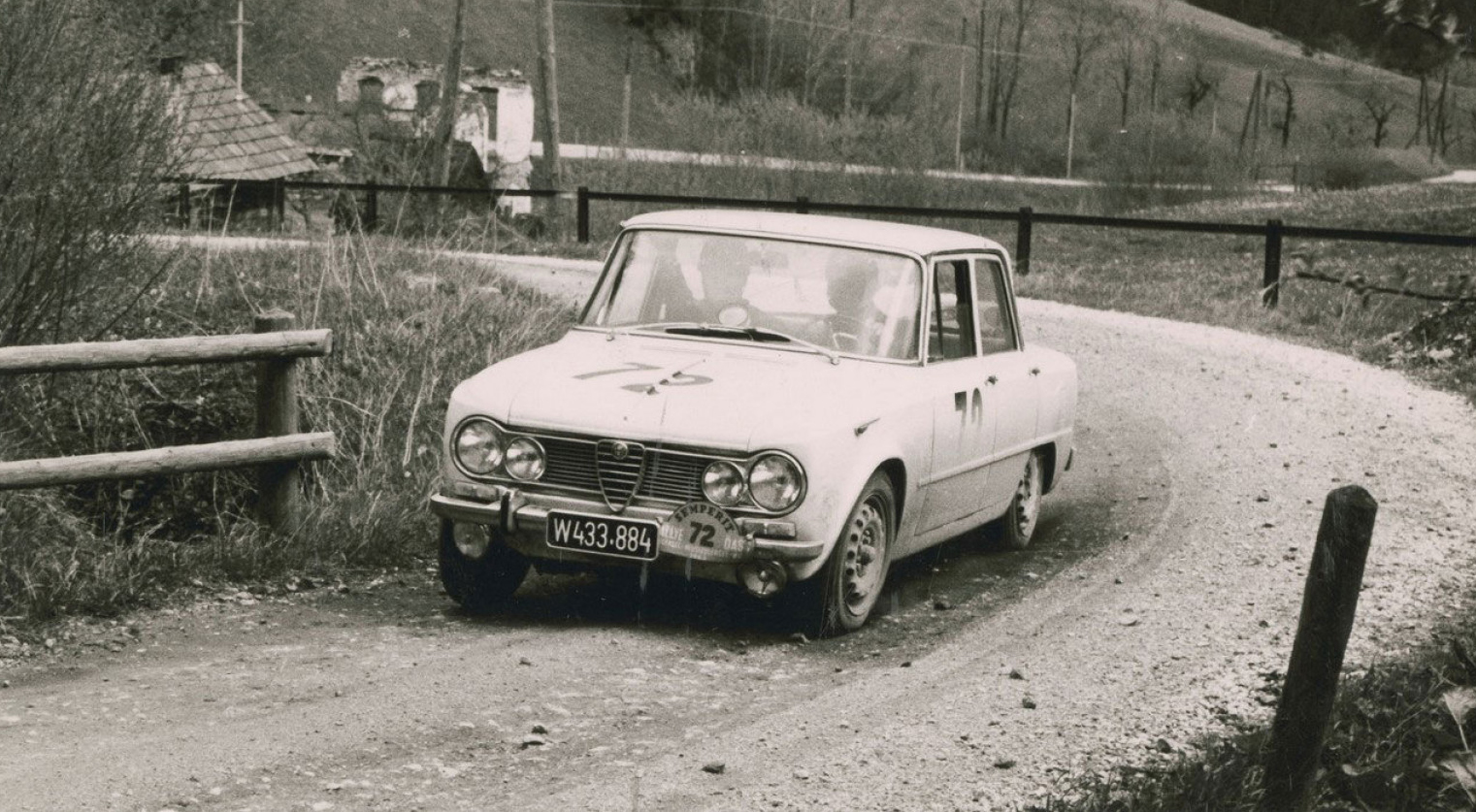
Giulia TI in Corsa
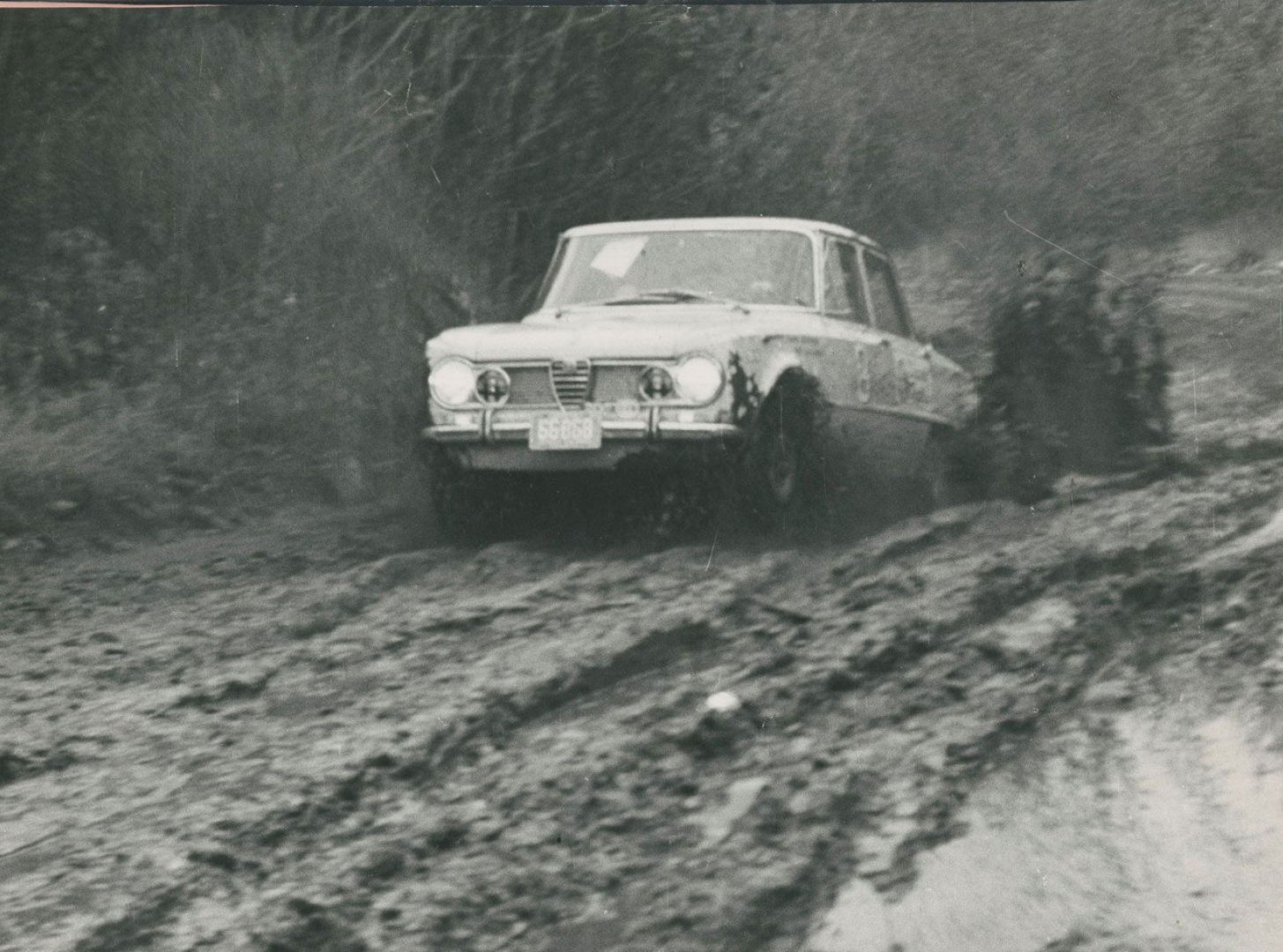
Giulia TI Super in Corsa
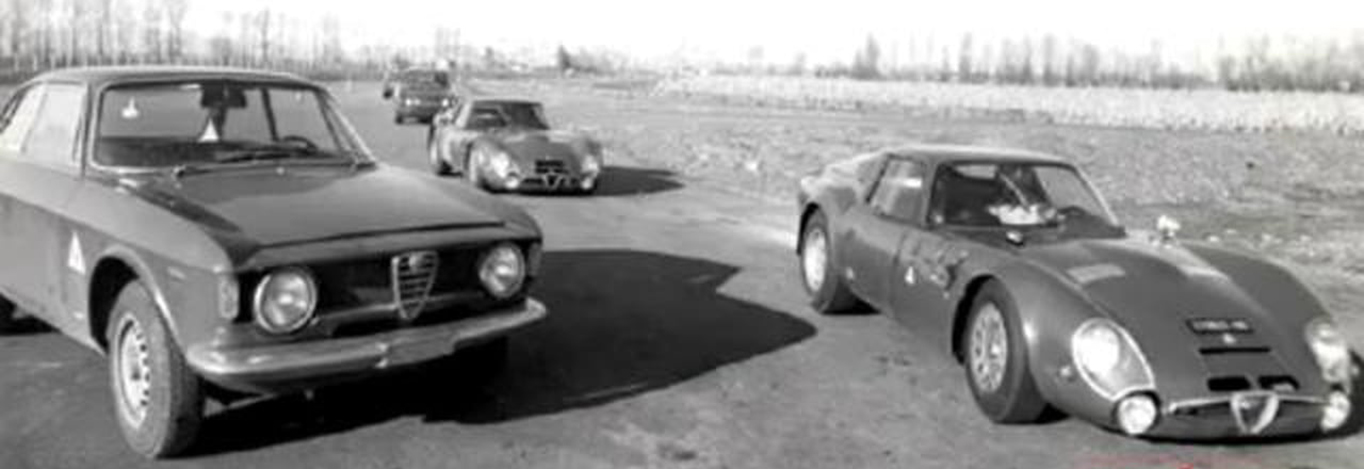
Squadra Corse